In the Shadow of the Horsehead - Deep 26 Hour Version
http://www.rolfolsenastrophotography.com
Copyright: Rolf Wahl Olsen
Link to full resolution image (3.8MB)
Link to large 'X3' size image
Link to large 'X3' size greyscale version
I recently added a Ha filter to my collection and promptly put it to the test by soaking up a decent amount of data on the Horsehead nebula.
I wanted to improve on my initial attempt on this target from 2014. One of the issues was that I'd like to show the delicate 'curtain' structure of IC 434, the bright glowing hydrogen emission that the Horsehead is silhouetted against.
This also prompted me to add more data to the LRGB channels as well, in order to bring out the faint dust details better. So all together with last year's data I ended up with over 26 hours of data which I completely reprocessed and assembled into this updated version.
I'm pleased that the result has higher resolution and more depth than last years' effort. The colours are also richer and more refined and in particular the Ha curtains now stand out above and around the Horsehead.
About the image:
The Horsehead Nebula (also known as Barnard 33) is without doubt one of the most recognized and fascinating objects in the sky. This iconic feature is formed by the sharp outline of a dark dust cloud, with a remarkable likeness to a horse's head, silhouetted against a brightly glowing patch of ionized Hydrogen (IC434) that is being energized by the hard ultraviolet radiation from nearby Sigma Orionis, a quintuplet star system lying just outside the top of the image.
I sought to process this image to show not only the Horsehead silhouette but also the details of the dense dust cloud (Lynds 1630 molecular cloud) from which it emerges.
The background behind the Horsehead glows with a soft diffuse reddish/pinkish light because of strong emission by spectral lines from ionized Hydrogen. Visible in the foreground is the large looming shadow being cast by the Horsehead's tower of dust, appearing as a dark fan-shape down towards the bottom centre-left, intercepted on its left edge by the intricate bright blue reflection nebula NGC2023. In contrast to the red emission glow, the reflection nebula is caused by light from the nebula's bright blue central stars which is being reflected off the surrounding dust.The brightest member of the central cluster is the B star HD 37903, a very young star with intense ultraviolet radiation that has carved a four light years wide cavity in the dust that we see as the reflection nebula.
Throughout the dark cloud, both in and below the Horsehead, are several small glowing reddish patches. These are the feeble lights from new stars being born in the cloud. Some of these are Herbig-Haro objects; the result of plasma jets ejected from young protostars which collide with the surrounding gas and dust and cause the glowing emission.
Inside the bright blue nebula NGC2023 are also several brightly coloured wisps of emission patches, further hints of young stellar objects and the regions' overall complexity and beauty.
The Horsehead Nebula was discovered in 1888 by Williamina Fleming on a photographic plate (#B2312) taken at Harvard College Observatory. She described the bright emission nebula later designated IC434 as having
“a semicircular indentation 5 minutes in diameter 30 minutes south of Zeta [Orionis].”
She was never credited with the discovery though because Dreyer did not include her name when he compiled the Index Catalogue (IC) in 1895 and 1908.
Image details:
Date: 7th, 8th, 9th, 20th, 26th, 27th, 28th, 31st December 2013
2nd, 5th, 6th, 9th January 2014
23th December 2014
1st, 2nd, 3rd, 5th, 6th, 10th, 11th, 13th, 14th, 15th, 18th, 20th January 2015
Exposure: HaLRGB: 795:556:105:60 mins, total 26 hours 21 mins @ -25C
Telescope: 12.5" f/4 Serrurier Truss Newtonian
Camera: QSI 683wsg with Lodestar guider
Filters: Astrodon LRGB E-Series Gen 2
Taken from my observatory in Auckland, New Zealand
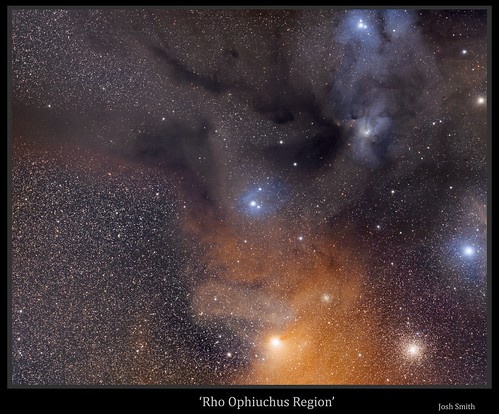 Rho Ophiuchus Region Mosaic reduced by Onejoshsmith, on Flickr
Rho Ophiuchus Region Mosaic reduced by Onejoshsmith, on Flickr Rho Ophiuchus Region Mosaic reduced by Onejoshsmith, on Flickr
Rho Ophiuchus Region Mosaic reduced by Onejoshsmith, on Flickr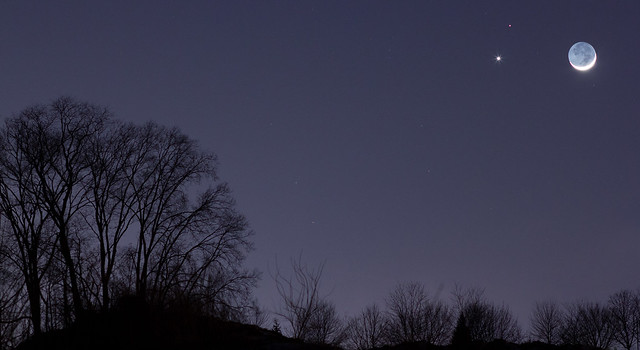 The Moon, Venus and Mars Conjunction of February 20 2015 by Radical Retinoscopy, on Flickr
The Moon, Venus and Mars Conjunction of February 20 2015 by Radical Retinoscopy, on Flickr
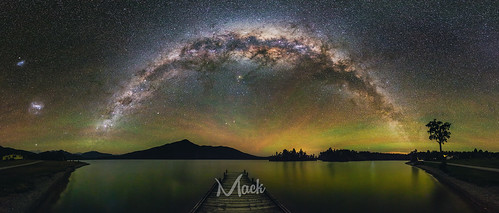 Kaniere Glow by Mikey Mack, on Flickr
Kaniere Glow by Mikey Mack, on Flickr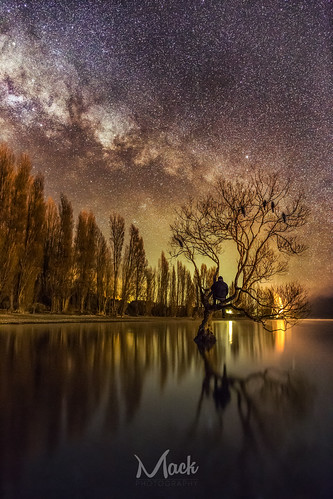 'Roosting in Wanaka' by Mikey Mack, on Flickr
'Roosting in Wanaka' by Mikey Mack, on Flickr Doble conjunción by Juan A. Bafalliu, on Flickr
Doble conjunción by Juan A. Bafalliu, on Flickr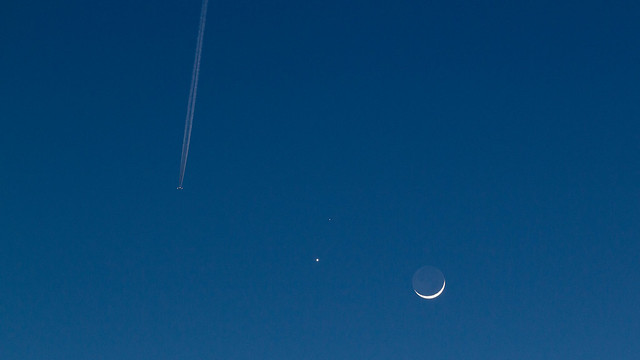 The Conjunction Flyby by Radical Retinoscopy, on Flickr
The Conjunction Flyby by Radical Retinoscopy, on Flickr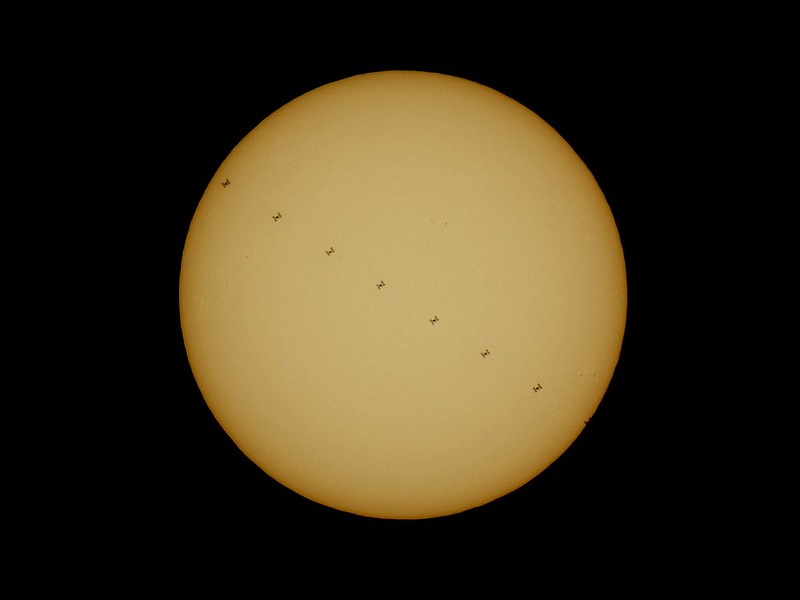




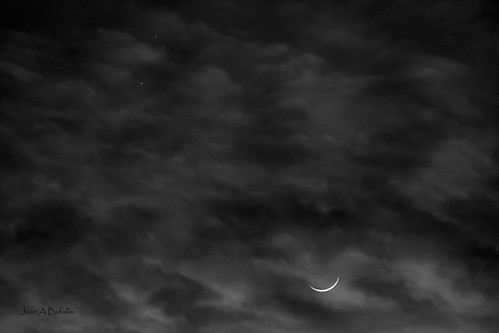 Tras las nubes by Juan A. Bafalliu, on Flickr
Tras las nubes by Juan A. Bafalliu, on Flickr